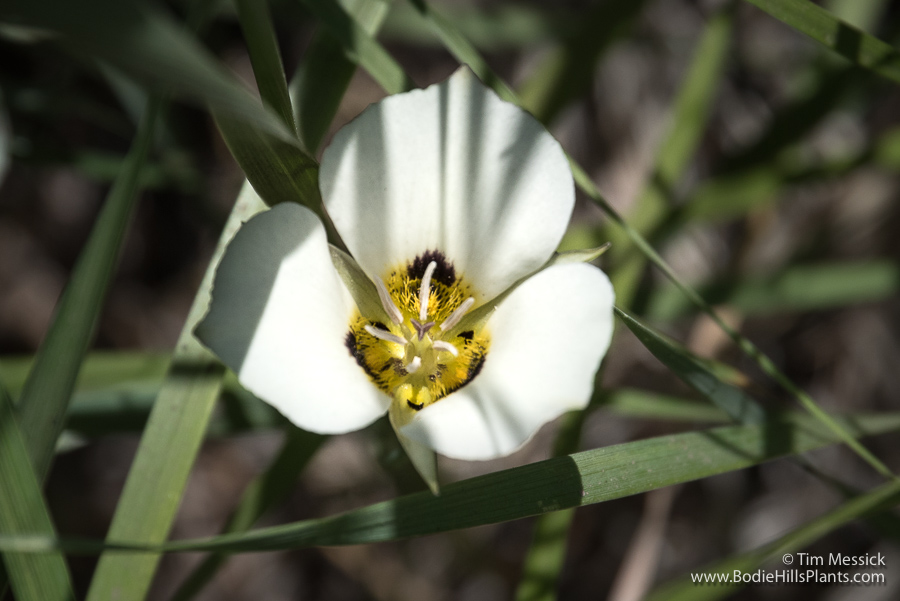
Chemung Lake and Masonic Mountain, 2017.
There’s a small, seasonal lake or pond on the west side of Masonic Mountain in the Bodie Hills (Mono County, California). It’s just across the road from the Chemung Mine and has, as far as I can tell, no documented name. No historic map, topographic map, on-line map, or other source I can find puts a name on it.

Chemung Lake in 2017.
It’s a wide, shallow basin with a small watershed and no spring or creek feeding into it. Rainfall and snowmelt are the only sources of water. In dry years it may be a little muddy in the spring, but have no standing water. In wet years, like 2017, it may have about 6 to 8 acres of standing water up to maybe 3 feet deep.

Chemung Lake from the mine, during a drought, in 2015.
Sweetwater Mountains in the distance.

Chemung Lake in 1980. Sierra Nevada in the distance.

Chemung Lake in 1980. Chemung Mine ruins are
at the base of Masonic Mountain.
This lake needs a name. Since no one else seems to have done so, I hereby name it Chemung Lake, after the Chemung Mine, which overlooks the lake from a nearby hillside. The mine was discovered by one Stephen Kavanaugh in 1909 and named after his small hometown in Illinois. To many Californians, the name Chemung often “sounds Chinese”, but apparently it’s a Seneca word (pronounced shə-MUNG) meaning “big horn”. The name Chemung has also been applied to a variety of places in New York state, other northeastern states, and adjacent Canada. There’s a Chemung River and a Chemung County in New York, a Lake Chemung in Michigan and a Chemong Lake in Ontario.

Chemung Lake with abundant spike-rush, Eleocharis macrostachya,
in early July, 2017.
Ecologically, this Chemung Lake is not unique. There are dozens of similar seasonal ponds and dry lake basins with small watersheds throughout the hills and mountain ranges just east of the central Sierra Nevada. Many are tucked away in remote, seldom seen valleys. The extreme seasonal and annual water availability makes for challenging conditions for the plants and animals that live here. They must endure years of drought, then grow and reproduce quickly and abundantly when conditions are favorable.
Here’s a partial list of plants seen around the wet perimeter of Chemung Lake (not the adjacent dry upland) during and before a CNPS outing to the area in early July, 2017:
Dicots:
Castilleja tenuis – Hairy owl’s clover (Orobanchaceae)
Elatine sp., probably E. rubella – Waterwort (Elatinaceae)
Limosella aquatica – Water mudwort (Scrophulariaceae)
Mimulus pilosus – Snouted monkey flower (Phrymaceae)
Myosurus minimus – Mousetail (Ranunculaceae)
Montia chamissoi – Toad lily (Montiaceae)
Navarretia breweri- Brewer’s navarretia (Polemoniaceae)
Plagiobothrys sp., maybe P. hispidulus – Popcorn flower (Boraginaceae)
Polygonum sawatchense – Knotweed (Polygonaceae)
Rumex lacustris – Lake dock (Polygonaceae)
Taraxia tanacetifolia – Tansy leaf evening primrose (Onagraceae)
Trifolium spp., probably both T. cyathiferum and T. longipes – Clover (Fabaceae)
Monocots:
Alopecurus aequalis – Short-awn foxtail (Poaceae)
Cyperus squarrosus – Flat-sedge (Cyperaceae)
Deschampsia elongata – Slender hair grass (Poaceae)
Eleocharis macrostachya – Spikerush (Cyperaceae)
Hordeum brachyantherum – Meadow barley (Poaceae)
Juncus bufonius – Toad rush (Juncaceae)
Juncus sp., another tiny annual, either J. bryoides or J. tiehmii – Rush (Juncaceae)
Muhlenbergia richardsonis, Mat muhly (Poaceae)
Also:
Chara sp. (a green alga in shallow water near the lake margin)
Pseudacris regilla – Pacific tree frog (numerous, hopping all around the lake margins)
Copyright © Tim Messick 2017. All rights reserved.
DOWNLOAD THE CHECKLIST














